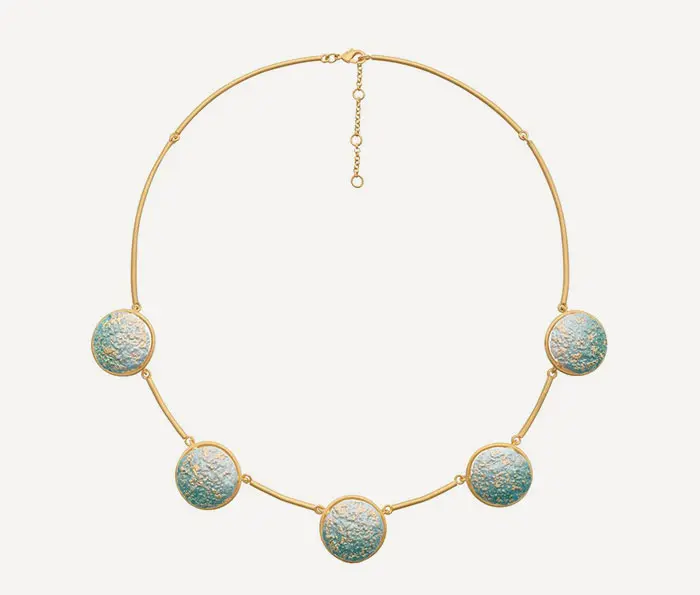Tanzanite Gemstone: The Blue Jewel of East Africa

Tanzanite Gemstone: The Blue Jewel of East Africa
This one-page report offers a concise overview of the tanzanite gemstone, covering its distinctive characteristics, geological origins, historical significance, value factors, and sustainability considerations.

Characteristics
Tanzanite is celebrated for its mesmerizing blue-violet color, a rarity in the gem world. This gem belongs to the zoisite mineral family and is characterized by its pleochroism, which means it displays different colors when viewed from different angles. On the Mohs scale, tanzanite registers at around 6.5 to 7 in terms of hardness, making it suitable for jewelry with proper care.

history
Tanzanite is a relatively young gemstone in terms of human discovery. It was first identified in the late 1960s and quickly gained recognition for its stunning blue-violet hues. Tanzanite’s name pays homage to its country of origin, Tanzania. Its unique color has earned it a place in the world of high-end jewelry, making it highly sought after for both collectors and consumers
Geological Origins:
anzanite is found exclusively in the Merelani Hills of Tanzania, near the base of Mount Kilimanjaro. It’s believed to have formed around 585 million years ago during metamorphic processes involving the earth’s crust and intense heat and pressure.







